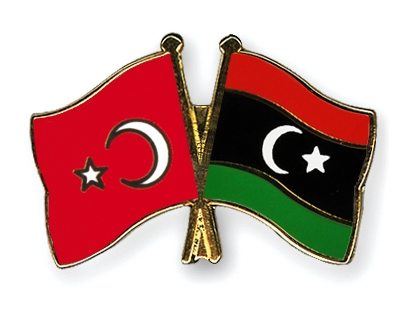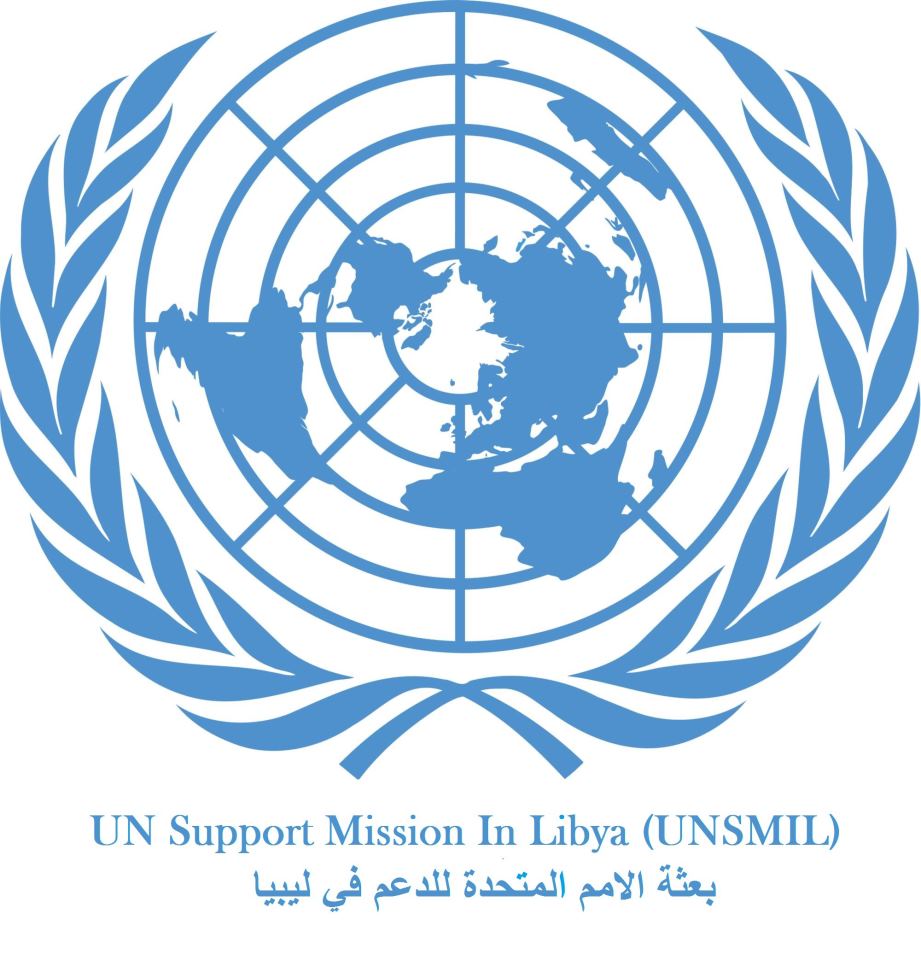By Nigel Ash.

London, 6 October 2014:
The Libyan Investment Authority today began its $1 billion High Court action in London against US . . .[restrict]investment bank Goldman Sachs alleging, that it was duped into investing in complex derivatives, the value of which was wiped out in the international financial meltdown triggered by American the sub-prime crisis.
Between January and April 2008, Goldman set up for the LIA a portfolio of investments in Citibank parent Citigroup, Electricite de France, Banco Santander, the insurer Allianz, Italian oil company ENI and Italian bank UniCredit.
Today lawyers for the LIA claimed in court that it had been thought that these were straightforward share purchases, when in fact they were complex derivative bets, that were only based on the underlying shares. Much of the investment disappeared in the financial crash.
The London court heard that LIA executives lacked the expertise to understand the risk of the investment. Staff from the Authority had been taken by Goldman executives on an all-expenses-paid junket to Morocco. One British lawyer who had been seconded to the LIA at the time told the court that she had been shocked by the extent to which Goldman staff had acquired a highly influential position of trust in the LIA.
Catherine McDougall, who was then working with top City lawyers Allen & Overy, said in a witness statement submitted today that in her view “The line between friendship and arms-length commercial dealings had clearly been blurred”.
McDougall said that a number of “red flags” had been raised in her mind when she heard from LIA staff about the Moroccan trip where there had been heavy drinking and girls, all of which she claimed, had been paid for by a Goldman Sachs staffer on his corporate credit card.
The investment bank’s defence, filed three weeks ago, maintains that the LIA was by no means naïve. Goldman Sachs had had a professional arms-length relationship with their Libyan client, which had represented itself as a sophisticated organisation that well understood the risks involved in the investments.
Goldman’s has characterised the LIA’s suit as a “paradigm of buyer’s remorse”. It is arguing that the LIA was an experienced investment organisation with an executive director of 30 years experience. It had freely entered into commercial trades which had turned out badly for it.
The LIA’s original action was filed in London this January, not long before any case against Goldman Sachs would have been out of time. Today its lawyers were seeking the setting down of a 30 day trial in January 2016. The coming 18 months will see the “discovery” of documents by both sides and the preparation of detailed cases and rebuttals.
The LIA and its advisers will now turn their attention to the even larger case against French bank Societe Generale. This involves a claim for losses of $1.5 billion due to what the LIA alleges came about through a combination of fraud and incompetence. It relates to derivative trades between 2007 and 2009, which, like the investments through Goldman Sachs, also turned spectacularly sour.
[/restrict]










